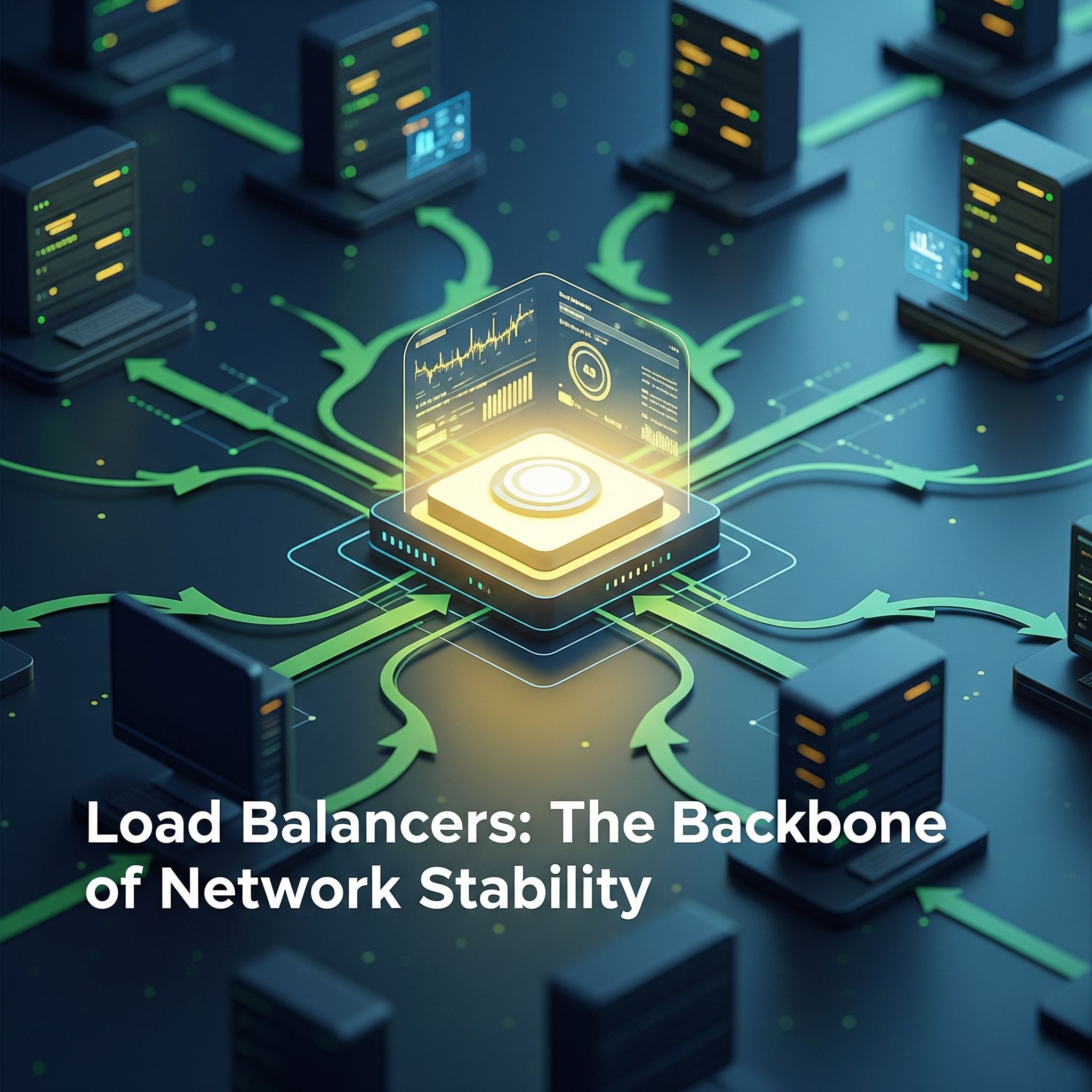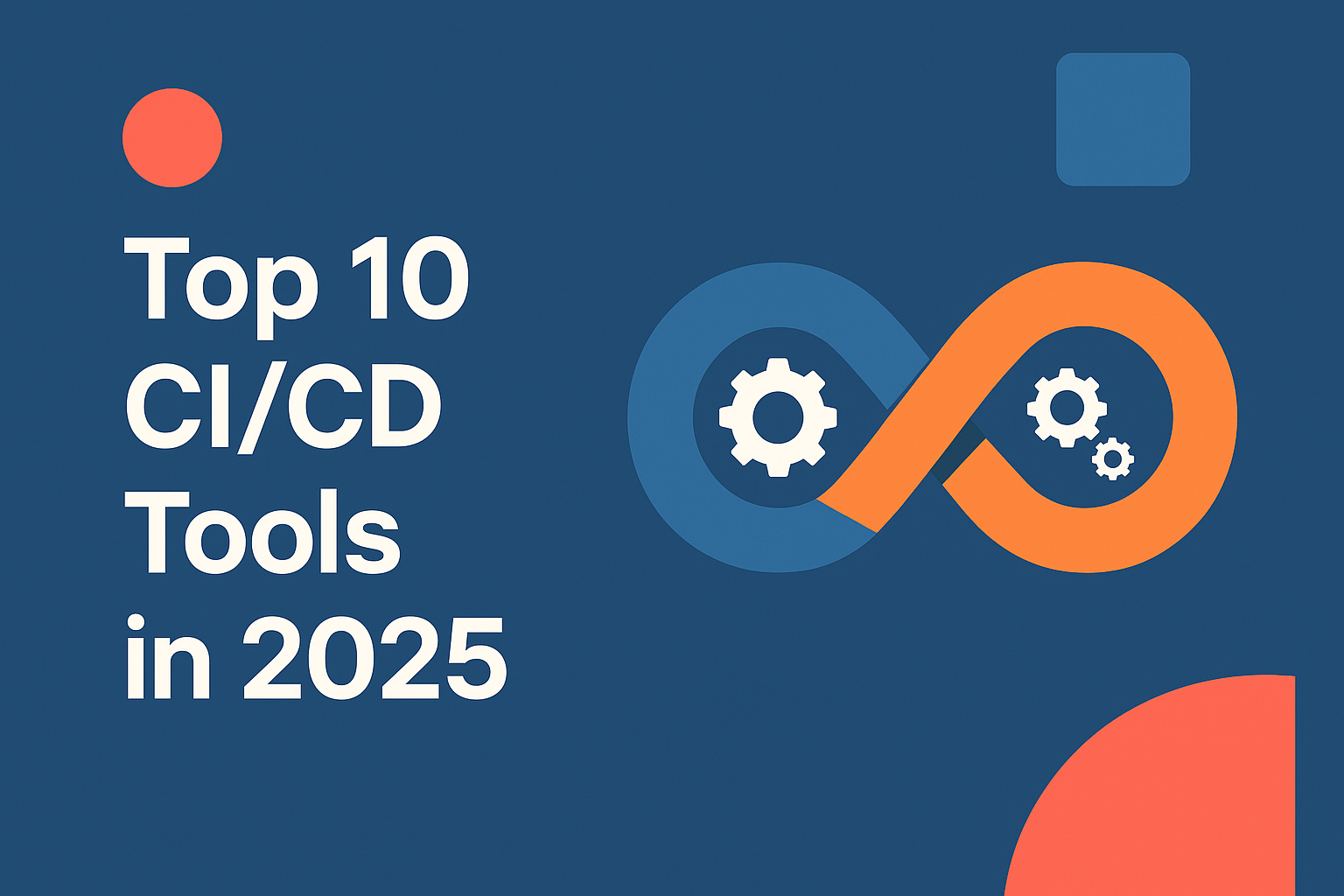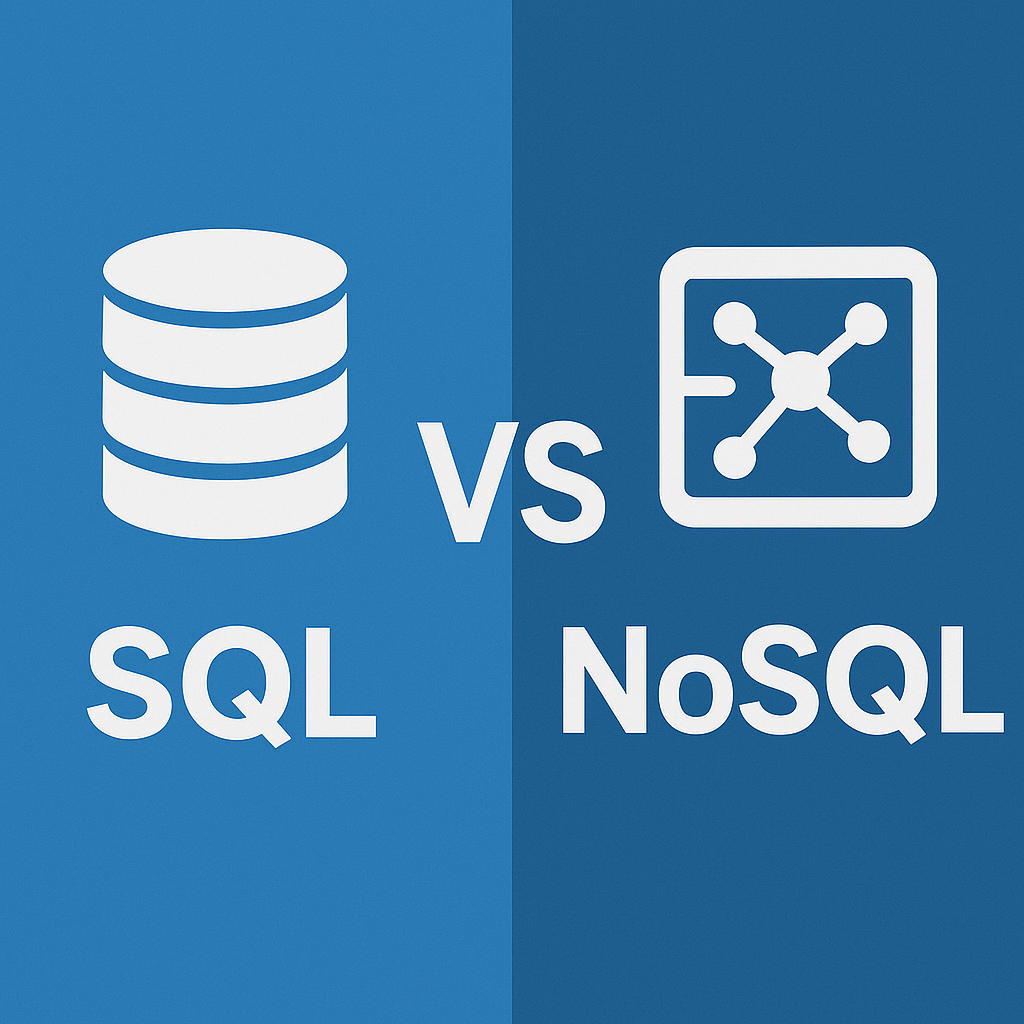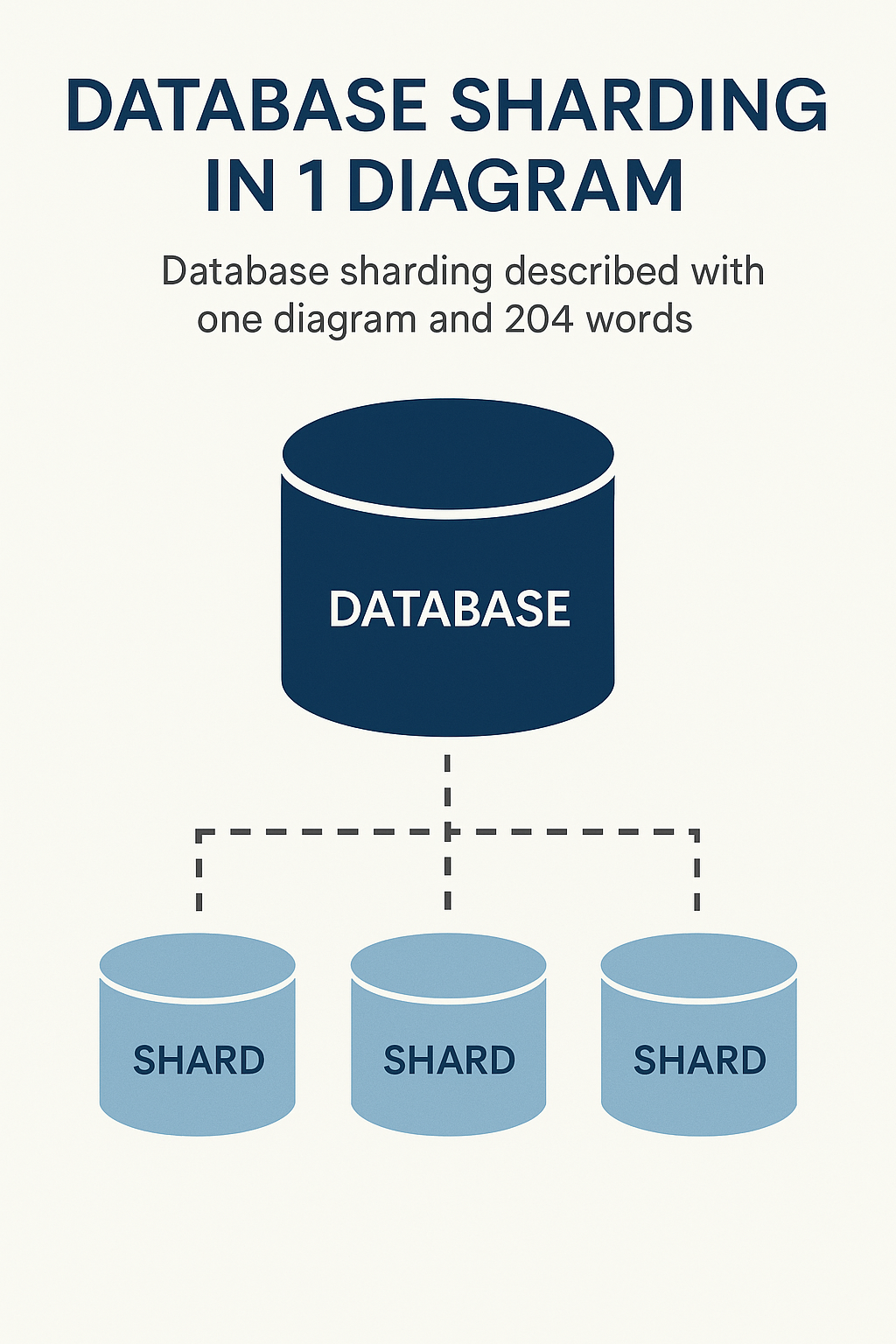In today’s fast-paced digital world, applications need to be more than just functional; they need to be lightning-fast, always available, and capable of handling massive surges in user traffic. That’s a tall order for a single server, no matter how powerful. This is where load balancers step in, acting as the intelligent traffic cops of your IT infrastructure, ensuring seamless performance and uninterrupted service.
At its core, a load balancer sits between your users and your servers. When a user sends a request, the load balancer intercepts it and, using a sophisticated algorithm, decides which server in your “server farm” is best equipped to handle that request. This intelligent distribution prevents any single server from becoming overwhelmed, leading to a smoother experience for everyone. Without a load balancer, traffic would directly hit one server, which could quickly become a bottleneck, leading to slow response times, errors, or even complete outages.
Why Load Balancers Are Non-Negotiable
The benefits of incorporating load balancers into your architecture are multifaceted and critical for modern applications:
- Effortless Scalability: Imagine your application experiences a sudden spike in popularity. Instead of desperately upgrading a single, overworked server (vertical scaling), a load balancer allows you to simply add more commodity servers to your backend pool (horizontal scaling). The load balancer automatically incorporates these new additions, seamlessly distributing the increased traffic. This approach is often more cost-effective and flexible.
- Unwavering High Availability: Servers can fail. It’s an unfortunate truth of technology. But with a load balancer, a single server failure doesn’t mean your entire application goes down. The load balancer constantly monitors the health of your backend servers. If it detects an issue, it immediately stops sending traffic to the unhealthy server and redirects it to the remaining healthy ones. This ensures your application remains accessible and your users stay happy, even in the face of hardware malfunctions or software glitches.
- Boosted Performance: By evenly distributing the workload, load balancers prevent individual servers from being overloaded. This directly translates to faster response times for your users. Pages load quicker, interactions feel snappier, and the overall user experience is significantly enhanced, leading to greater satisfaction and engagement.
- Simplified Maintenance and Upgrades: Performing maintenance or deploying updates often requires taking servers offline. Without a load balancer, this means downtime for your users. However, with a load balancer, you can gracefully take individual servers out of rotation, perform your work, and then bring them back online. The load balancer simply routes traffic away from the offline server, allowing for rolling updates and minimizing service disruptions.
How Load Balancers Direct Traffic
Load balancers employ various algorithms to decide where to send incoming requests. Some common ones include:
- Round Robin: This is the simplest method, distributing requests sequentially to each server in the group. Think of it like a dealer at a card game, giving one card to each player in order.
- Weighted Round Robin: An enhancement to Round Robin, this allows you to assign “weights” to servers. Servers with higher weights receive a larger proportion of requests, useful if some of your servers are more powerful than others.
- Least Connection: This intelligent algorithm directs new requests to the server with the fewest active connections. It’s particularly effective when your users might have sessions of varying lengths.
- IP Hash: This method uses a hash of the client’s IP address to ensure that a particular client always connects to the same server. This is crucial for applications that rely on session persistence.
Where Do Load Balancers Live?
Load balancers can be deployed in a few different ways:
- Hardware Load Balancers: These are dedicated physical appliances designed for high performance and reliability. While powerful, they can be costly and less flexible than software-based solutions.
- Software Load Balancers: These are applications that run on standard servers or virtual machines. They offer greater flexibility, scalability, and are generally more cost-effective. Popular examples include HAProxy and NGINX.
- Cloud Load Balancers: Cloud providers like AWS (Elastic Load Balancing), Google Cloud (Cloud Load Balancing), and Azure (Azure Load Balancer) offer managed load balancing services. These are highly scalable, deeply integrated with other cloud services, and abstract away much of the underlying infrastructure complexity, making them a popular choice for cloud-native applications.
The Bottom Line
Load balancers are more than just networking tools; they are fundamental to building resilient, high-performing, and scalable applications in today’s digital landscape. By intelligently distributing traffic, they ensure your services remain available, responsive, and capable of handling whatever demand comes their way. If you’re serious about your application’s performance and reliability, a load balancer isn’t an option—it’s a necessity.



